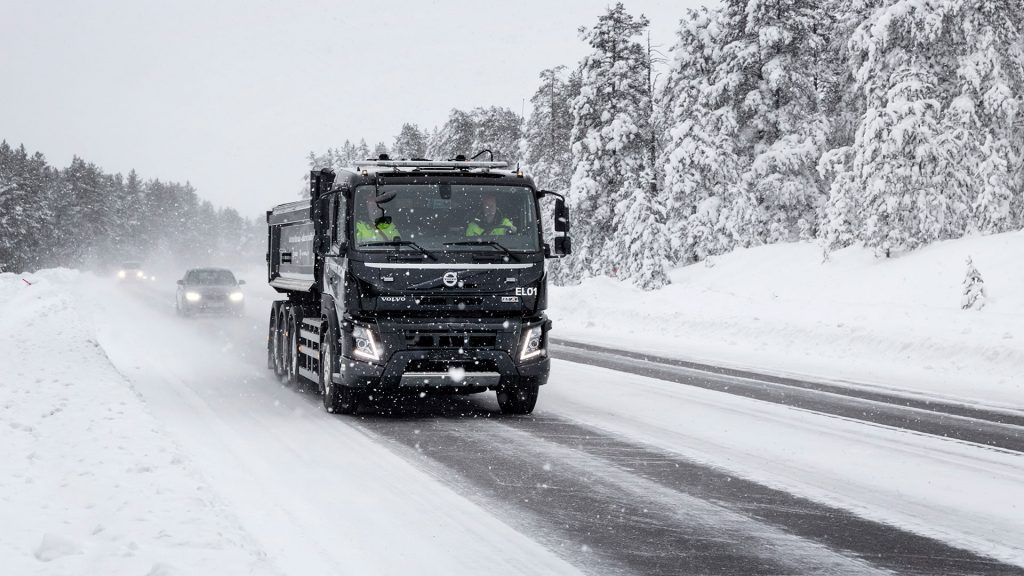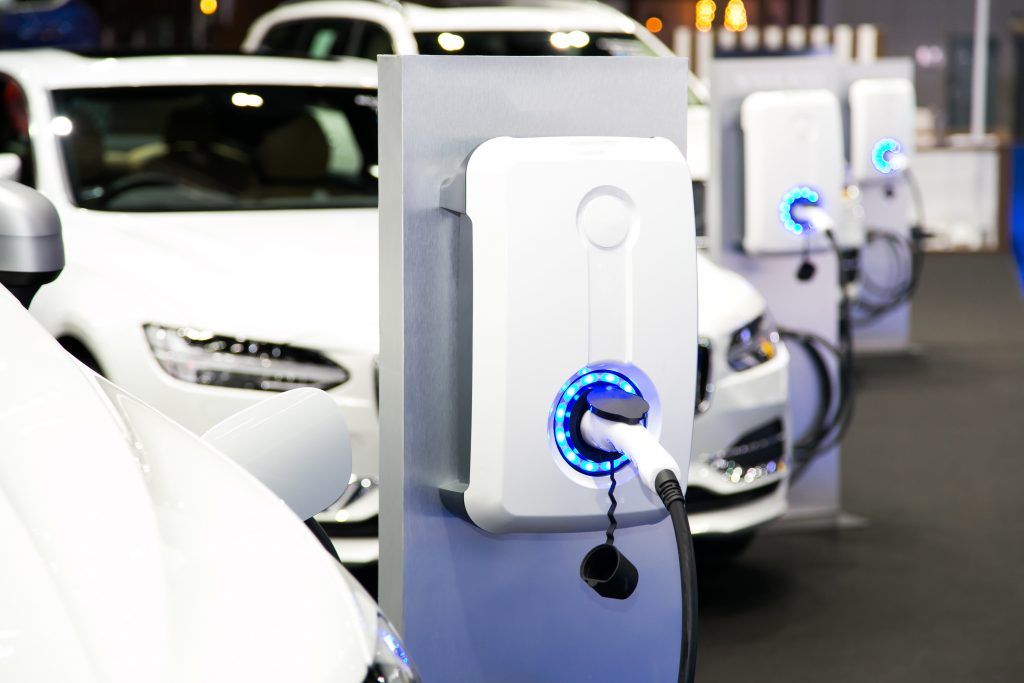Vattenfall, Volvo Trucks and ABB, together with mining company Kaunis Iron and Wist Last och Buss, recently set up a teeth-chattering 300km electric truck test in sub-zero polar temperatures.
The aim of the test was to understand whether it is possible to replace diesel-powered transport of 14 tonne truckloads of iron ore ‘sludge’ with new electric trucks in an environment where mercury drops to -30C – and if so, what electrical infrastructure it would require.
The Sweden-based experiment was held in the country’s uppermost region, well within the arctic circle, and lasted four weeks. It involved driving a battery-powered Volvo FMX truck from a base in Junosuando to the mine in Kaunisvaara, and then unloading the cargo in Pitkäjärvi, where the ore was transferred to rail for onward transport to Narvik.
The overall trip encompassed 280km of frozen routes, which had until then only ever been navigated with diesel-powered vehicles.
This project’s attempt to push the boundaries of how transport is powered is in line with Vattenfall’s own aim of delivering fossil-free living within one generation. Its work focuses on tackling climate change by supporting the transition to EV fleets, thereby helping to bring the UK closer to making its net-zero targets a reality.
Swedish ice road truckers
Vattenfall was instrumental, both as a supplier of electricity throughout the journey and, thanks to its service solution Power-as-a-Service, also provided the installation and operation of the charging stations.
Despite the extreme temperatures, which dipped to lows of -32 degrees centigrade at points, the experiment exceeded expectations, with the electric truck performing well throughout.
Other than the success of completing the journey, the driving experience itself was another positive outcome of the test.
Lino Martino, one of the truck drivers who participated in the test, said: “The electric truck is in many ways equivalent to the one I would usually drive, as it’s the same type of cab, just easier to navigate, with one button to go back and forth. This new truck is so quiet, you cannot hear the ‘engine’, even when under heavy loads. And the vibrations are way less noticeable than with a diesel vehicle, so it’s without doubt a more convenient work environment to operate in.”
Undoubtedly, challenges remain to be resolved. One is the battery’s range: it was necessary to take a break to charge the truck, using charging infrastructure and power supplied by Vattenfall.
This happened at both the mine and transfer station, in order to guarantee sufficient range to make the return leg of the journey.
However, Vattenfall’s priorities and breadth of R&D makes it a strong contender to overcome such obstacles: from standardising battery recycling across its services, to receiving a Platinum rating from EcoVadis, the energy giant, the company is experienced in finding innovative solutions in order to optimise sustainable practices.
Now the basic premise of heavy hauling in extremely low temperatures has been proven, this experiment will function as a launchpad for future research to continue on developing more durable batteries and faster charging systems.
Image: courtesy Vattenfall








